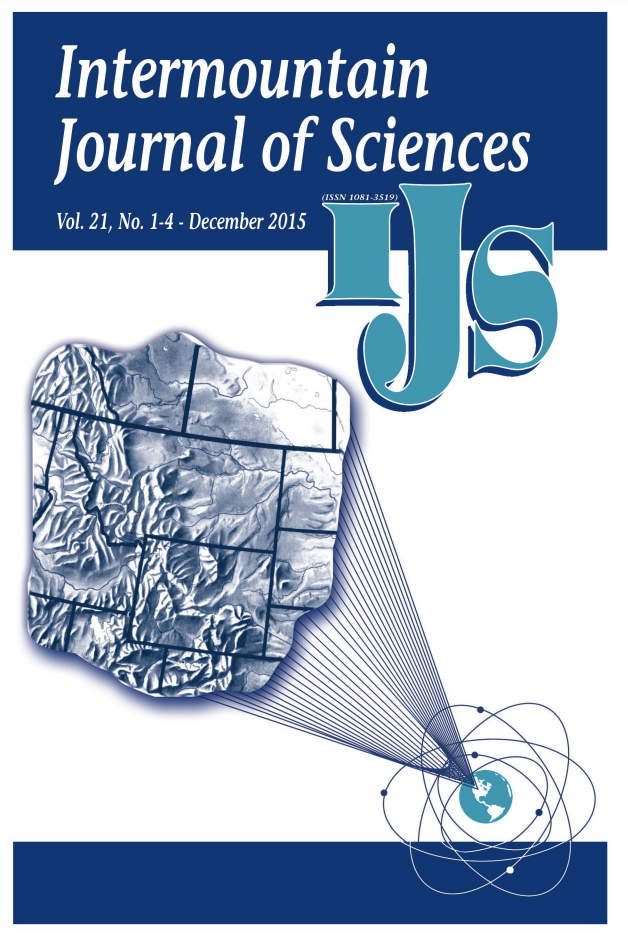Montana’s Winter Bat Roost and White-Nose Syndrome Surveillance Efforts (Oral Presentation and Poster)
Abstract
White-Nose Syndrome (WNS), caused by the cold-adapted soil fungus Pseudogymnoascus destructans, has killed an estimated 5.7 to 6.7 million bats in eastern North America since 2006 and has spread westward to states along the Mississippi River corridor as well as the province of Ontario. With at least 9 of Montana’s 15 known bat species facing potentially devastating increases in mortality from WNS, a collaborative effort was initiated in the fall of 2011 to document the species composition, number, degree of clustering, and roost temperatures and humidities of bats winter roosting in caves and mines. To-date, collaborators have surveyed over 50 caves and mines, deploying over 30 temperature and relative humidity data loggers near winter roosting bats; most known bat hibernacula In Montana are now being monitored. Most caves and mines surveyed to date support only small numbers of winter roosting bats; typically less than ten roosting in isolation or clusters of two to three. A handful of caves have 50-1750 winter roosting bats with clusters of up to 40 individuals. Many of the caves that have been surveyed have temperatures and humidities that appear to be capable of supporting P. destructans, but PCR-based testing of bat and substrate swabs have tested negative for its presence so far. The majority of Montana bats apparently winter roost away from mines or caves that are accessible to, or known by, humans and these roosts need to be located and assessed for their ability to support P. destructans.Downloads
Published
2015-12-31
Issue
Section
Montana Chapter of The Wildlife Society [Abstracts]

